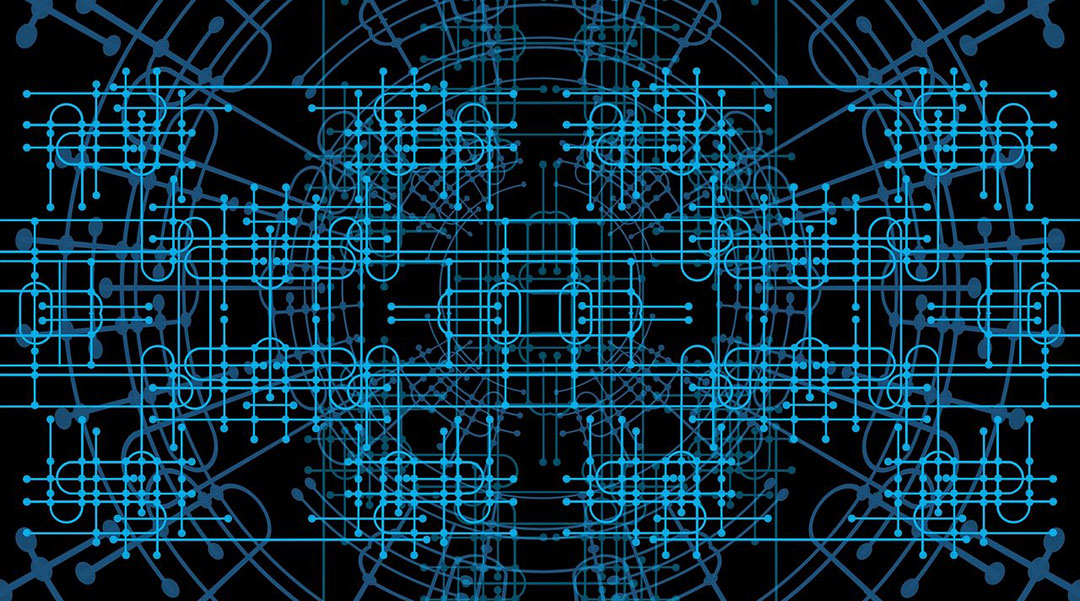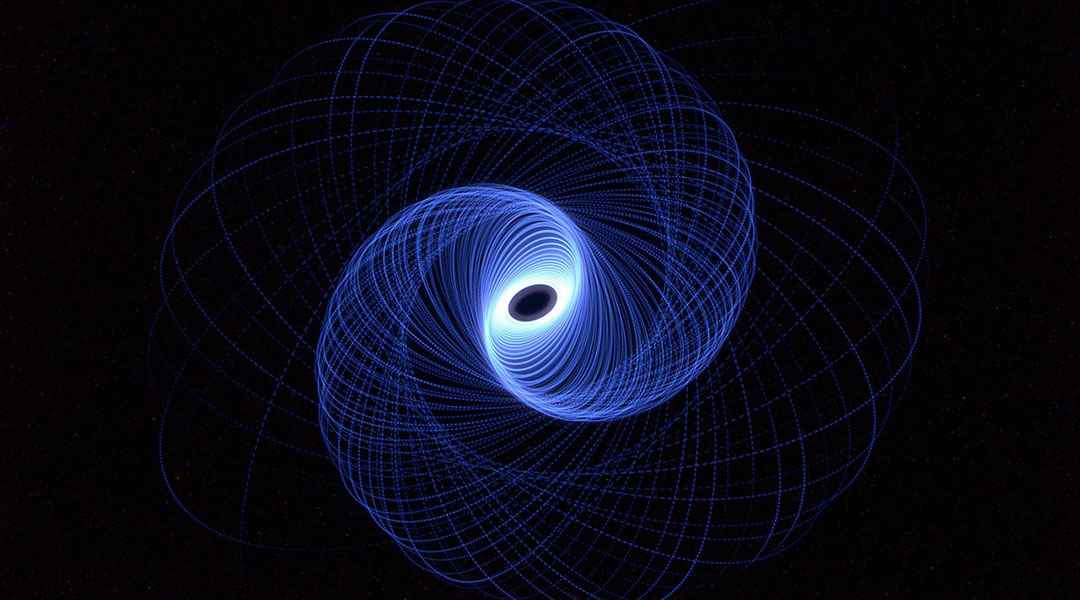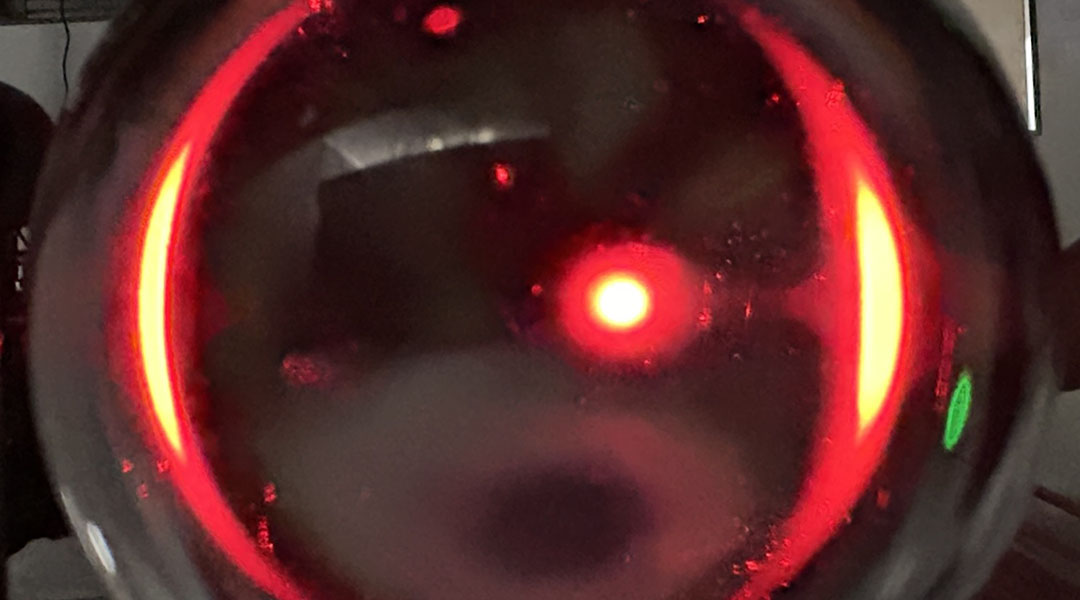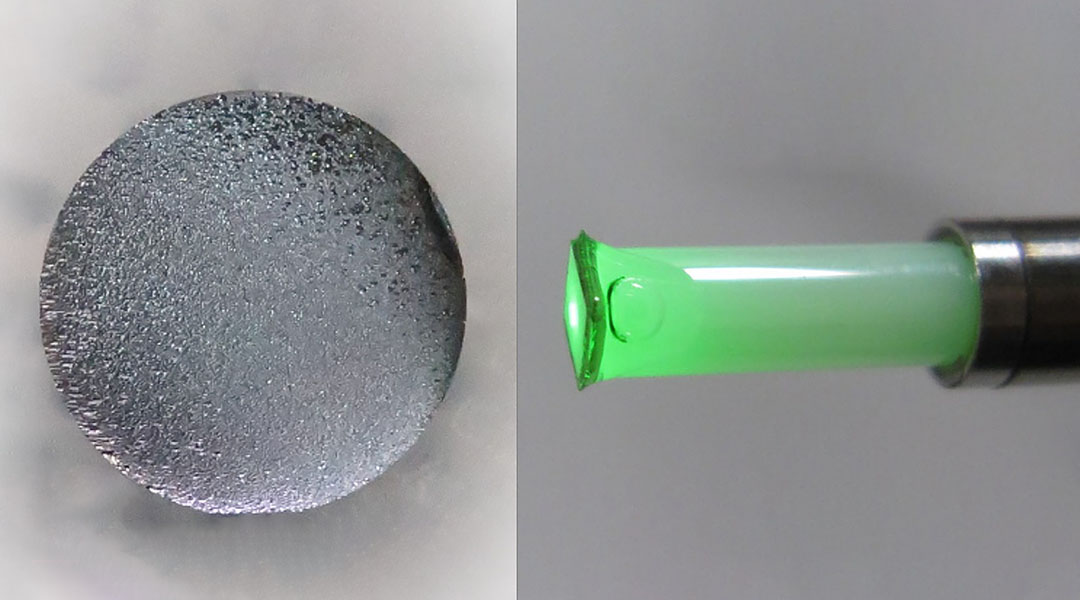A new study targets feature selection, a key step in machine learning where the algorithm determines which parts of the input data are most relevant to making accurate predictions.



A new study targets feature selection, a key step in machine learning where the algorithm determines which parts of the input data are most relevant to making accurate predictions.

Scientists figure out how different factors, like temperature, density, and pressure, relate to each other in the matter inside neutron stars.

This new high-tech window glass reflects heat and radiates excess warmth into space, slashing air conditioning energy use by up to 40%.

New high-resolution X-ray data reveal that turbulent gas motion, not just black hole activity, prevents star formation in cluster cores.

Rectangular fiber optic cables could increase data transfer rates, benefiting telecommunications and quantum computing advancements.

Harnessing skyrmions’ random motion and low energy requirements, this discovery could lead to more efficient and powerful computing technologies.

Lenses help researchers mimic the way massive cosmic objects bend light—bringing the elusive effects of gravitational lensing to Earth.

These low-cost quantum sensors detect tiny magnetic field changes and could help identify early battery issues in electric vehicles.

New observations suggest elongated gas filaments that stretch into space may be feeding supermassive black holes.

Once disruptive, phonons now improve quantum dots’ behavior, making them more reliable for quantum communication and cryptography.